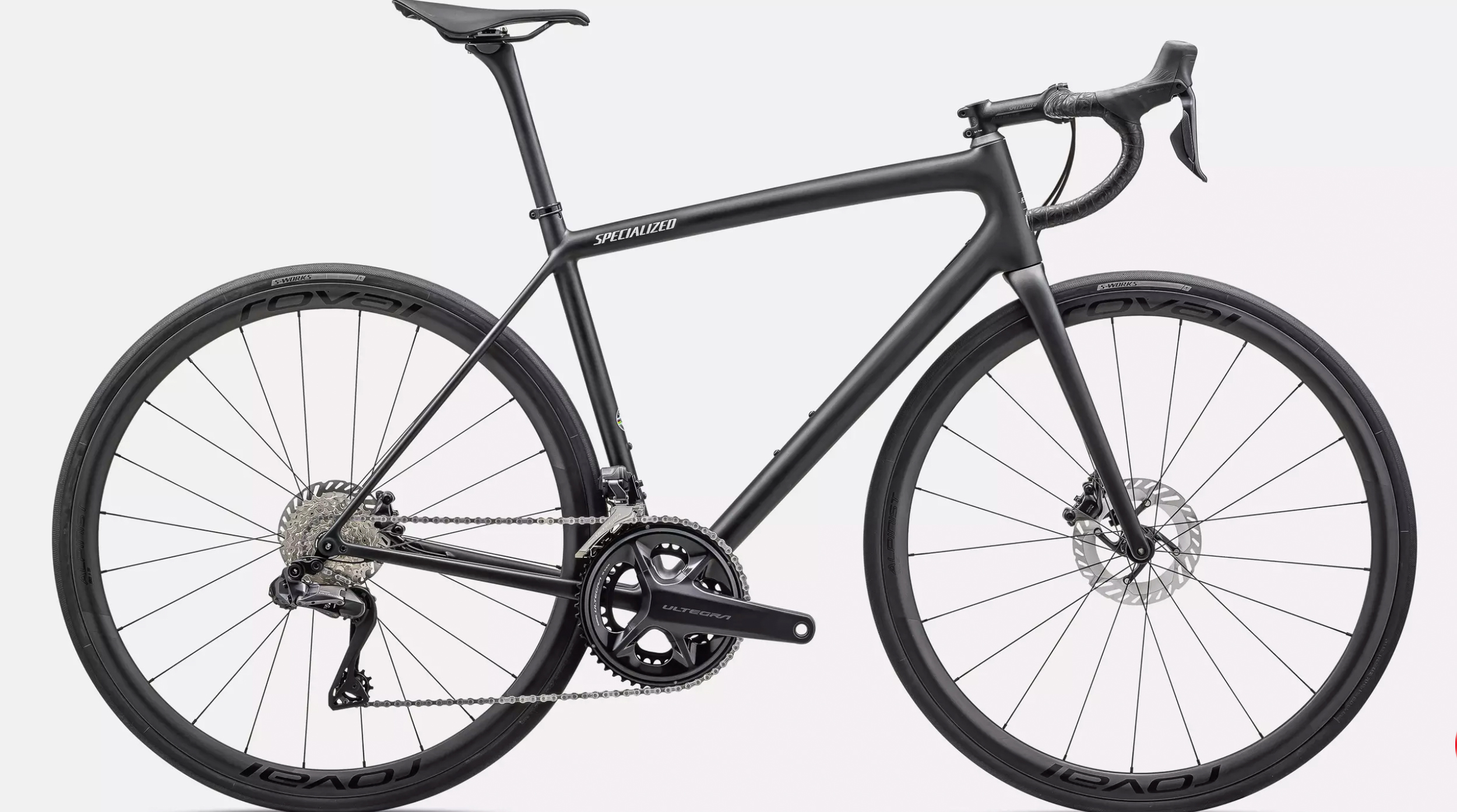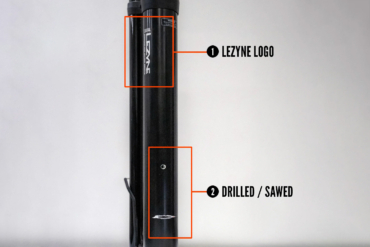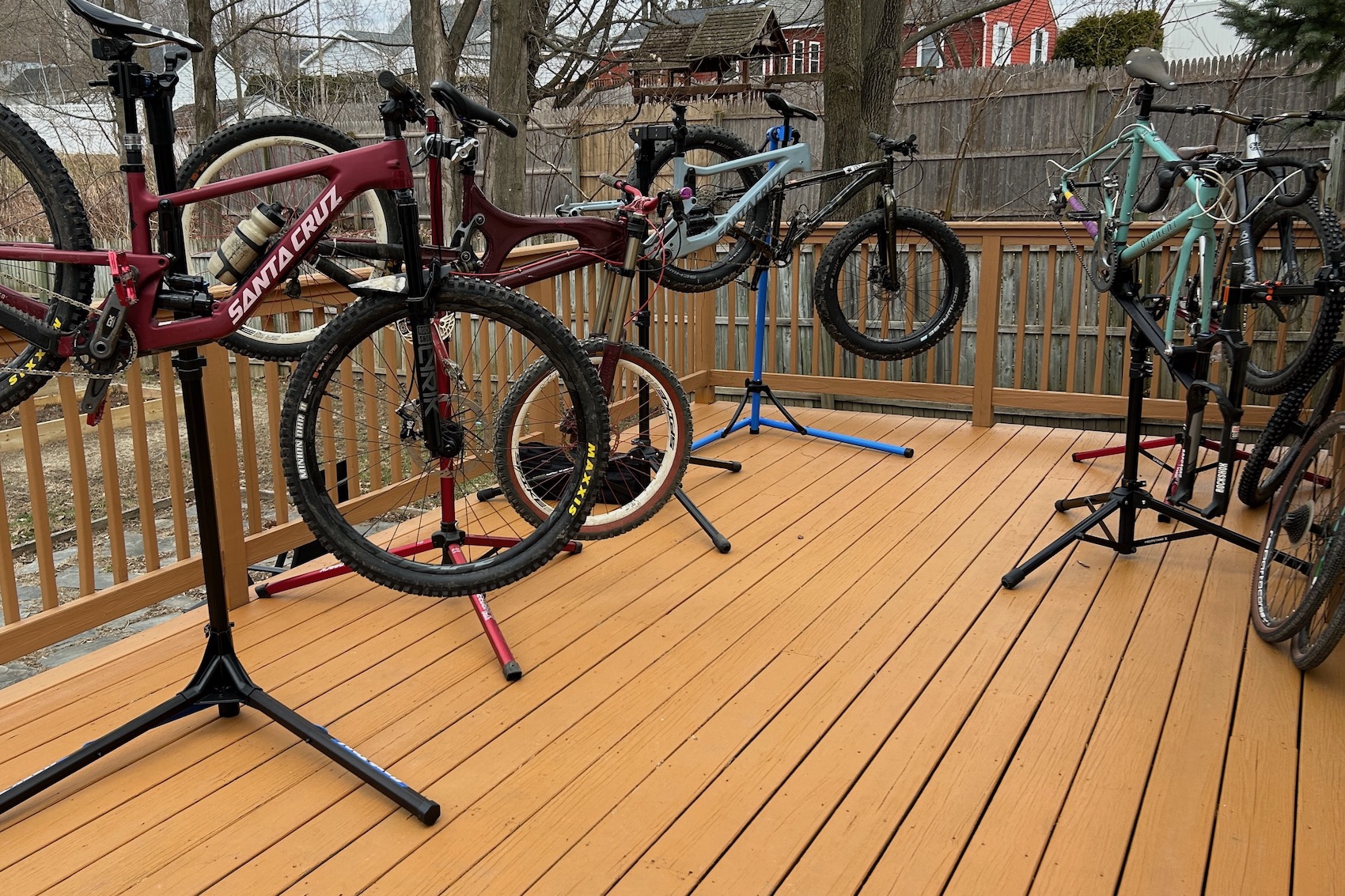The Specialized Aethos Pro delivered a mythical ride quality and feel. It quelled vibrations while still feeling efficient. It was smooth but delivered a great road feel. And it was amazingly light while remaining precise, stable, and planted.
After 9 months of riding across rough chip-seal and pothole-ridden country blacktop and silky smooth urban tarmac and everything in between, I’m still enamored with how the Specialized Aethos Pro felt. I was mesmerized and confused at the same time. How can a carbon bike with non-dropped seat stays, and is as basic-looking as a modern bike can be, feel so plush and extraordinary?
In short: If ride quality is the priority, especially on rougher pavement, then the Specialized Aethos will blow you away. It was easily the most compelling and pleasurable road bike I’ve ridden in the past few years. Don’t let the plain looks fool you; this bike left an impression that affects how I think all road bikes should feel.
- Frame material: FACT 10R carbon
- Fork: FACT carbon, 12 x 100mm thru-axle, flat mount disc
- Bottom bracket: Threaded BSA
- Wheels: Roval Alpinist CL
- Drivetrain: Shimano Ultegra Di2
Pros
- Incredible ride quality
- Functionally perfect drivetrain
- Super lightweight
- High-quality cockpit components
Cons
- Not aerodynamically efficient
- Roval Alpinist CL wheels not tubeless compatible
Unboxing Impressions

As stated, the Specialized Aethos Pro is visually bland in design. Round tubes, non-integrated front end, pencil-thin seat stays that go all the way to the top tube (aghast!) and, for cripes’ sake, there’s even a seat post clamp (no way!). These external cues aren’t what I was used to for high-end bicycles that almost always scream aerodynamics and pure speed. It’s all about watts, baby!
The Aethos seems to toss all the usual design parameters aside, and Specialized claims this was deliberate. The brand states it was chasing the pure riding experience, eschewing road cycling’s obsession with watts, drag, and grams. Romantic marketing waxes about the design team’s pursuit of the moments when humans and machines are one. These words tugged at my heart, but I rolled my eyes, thinking, “OK, Specialized, it’s just a road bike.”
Even the aesthetics are muted and unassuming. No bright paint schemes and hardly a visible logo. The branding is unrecognizable from a distance. The “Satin Obsidian” paint looked drab at first glance, but closer inspection reveals purplish flecks that sparkle in the sun and a thin application of color that hints at the carbon underneath. I personally liked the stealthy looks, but it was a shocking break from the usually prominent Specialized logos.
I didn’t know at the time how I would feel after pedaling the Aethos Pro in the Hill Country of Central Texas. Specialized, I owe you an apology, and you are welcome to throat-punch me. As much as I thought the marketing deck was, well, marketing, the Aethos Pro promptly shut me up and put a grin on my face that returns when I think of my time on the bike.
How Is the Specialized Aethos Pro Frame Different?
I imagine that design options open for engineers when the need for aerodynamics and pure speed aren’t the primary goals. And in the case of the Aethos, ride quality was job one, which translated to round and conical tubes. There are zero kam tails or broad profiles anywhere on the bike, suggesting that the flex characteristics took precedence over aerodynamics. This is so different than other high-end road frames where pure speed rules.
Another area where Specialized deviated from most high-end road frames was limiting the number of layers of carbon pieces that are normally added to bolster stiffness. As a byproduct of round frame tubes, Specialized realized the number of these “stiffness layers” could be drastically reduced. Larger pieces and fewer layers improved consistency in manufacturing but also had the wonderful effect of lightening the frame.
The Aethos is the lightest disc brake road frame Specialized has ever produced (a claimed 699 g for 56 cm with paint!) despite being rated for a 275-pound rider. Our 58cm test rig, as shipped with Ultregra Di2, one bottle cage, and tubes, weighed a verified 15 pounds, 3 ounces.
The Inexplicable Ride Quality

In full transparency, I had been told about the mythical ride quality of the Aethos. But it was from someone I consider a total fanboy of the brand, so I answered with a flippant “uh-huh,” without giving his words credence. This guy is welcome to throat-punch me, too.
Smooth on Rough Country Roads
Within minutes of riding down a rough chip-seal road, I was stupefied. The Aethos Pro was incredibly smooth. My mind was racing. My “How is this carbon?” and “This feels fake,” thoughts were soon followed by, “I want to steal this,” and actual giggling.
I stopped to check my tires for the correct pressure. I even held the bike at an angle and pushed on a pedal to attach logic to what I was feeling. But, alas, no answers.
The bike felt amazing on rough descents and incredibly planted in bumpy turns. The vertical compliance was so spot-on; comfortable without feeling inefficient. Climbing on rough roads elicited the same planted feel at the rear tire. Standing on the pedals felt so different than other carbon road frames.
It was a very lively feel. Not noodly, but at the same time, not a dead feeling like with some carbon aero frames. And, of course, the lightness of the whole bike added to the delightful feel while ascending.
Sings on Smooth Tarmac
I brought it to Austin to ride on freshly paved, racetrack-smooth tarmac and was even more mesmerized. The Aethos was incredibly smooth and fluid on rocket-fast flats, but I could still feel what was going on at the tire contact patches. And fast turns felt perfectly balanced front to rear, and I could execute on autopilot.
I could make large-radius, sweeping turns with so much precision, speed, and confidence. This was a total surprise, given the incredibly svelte seat stays and dropouts. And climbing and sprinting delivered the same “springy” feel as it did climbing in the sticks. This perception was more pronounced on fresh pavement since there weren’t distracting vibrations.
Some of the handling characteristics shouldn’t have been a surprise. The Aethos frameset borrows its geometry from the Specialized Tarmac SL7, which is often lauded for its manners. I believe the Aethos improves upon the Tarmac SL7 handling characteristics with improved compliance and comfort.
I am not a good enough writer to portray how the Specialized Aethos Pro felt on both rough country roads and smooth urban byways. Just know that this was the most mythical and mesmerizing ride quality I’ve experienced on a road bike in the last few years. And if I told you in person, you might roll your eyes at my romanticized accounts.
Component Selection on the Specialized Aethos Pro

Our test version of the Aethos Pro came with Shimano Ultegra Di2 and Specialized cockpit componentry and wheels. Specialized lists it for an MSRP of $8,500. No doubt this is a lot of money. But in relation to other high-end carbon road bikes with similar specs, the pricing is right in line. And functionally, the Specialized Aethos Pro was almost impeccable.
The Shimano Ultegra Di2 groupset functioned without a hiccup for the entire 9-month testing period. Not one missed shift, locked wheel, or maintenance hassle other than lubing the chain.
I was concurrently testing a bike with Shimano Dura-Ace and confirmed my opinion that at full retail, I wouldn’t pay for the premium to upgrade from Ultegra. Which is to say, it worked that well, as I don’t think anything on the road works as well as Dura-Ace.
I felt the same about the cockpit choices. I got along well with the bend and drop of the S-Works Short and Shallow handlebar and Body Geometry Power Pro saddle; both worked well with my thinly padded hands and rear. The flattened oval top section of the handlebars felt great.
It struck the perfect balance between aero flat and round, neither of which has ever felt that good. The Roval Alpinist seat post was the perfect match for the Aethos frame, with matching aesthetics and minimal weight (a claimed 136 g for a 27.2 x 300mm).
The Caveats

It’s difficult for me to point out any negatives about the Specialized Aethos Pro. Yes, for sure; if aerodynamics is your thing, then this bike is not. Ditto if you are keen on flashy, bright color schemes and aesthetics.
Outside of that, the only other caveat was the Roval Alpinist CL wheelset. They are indeed light; sub-1,400 g per set. They spun up quickly and felt sprightly on climbs. But, and it’s a big one, they are not tubeless compatible. The wheelset and S-Works Turbo 2BR setup felt amazing, but in today’s market, tubeless incompatibility is a huge thumbs down.
Conclusions on the Specialized Aethos Pro Road Bike

Other than the lack of tubeless compatible wheels, I found no faults with the Specialized Aethos Pro. The road feel and handling is my high mark, and I suspect it will remain so for a long time. I was shocked that the hype was real and am still dumbfounded by the carbon alchemy. Specialized engineers concocted a wonderful bike.
For competitive road racers, it could be a climbing bike. But the lack of aerodynamic efficiency takes it off the table for those in search of single-digit watt savings.
But for the rest of us, I don’t think you can go wrong with the Specialized Aethos Pro. Unless you want to take it up a notch to the lighter, high-zoot S-Works version. Man. I cannot even imagine what that must feel like. I guess I’ll have to live with the longing.
Editor’s note: The Roval Alpinist CL wheelset was updated to be tubeless compatible after this review was complete.









